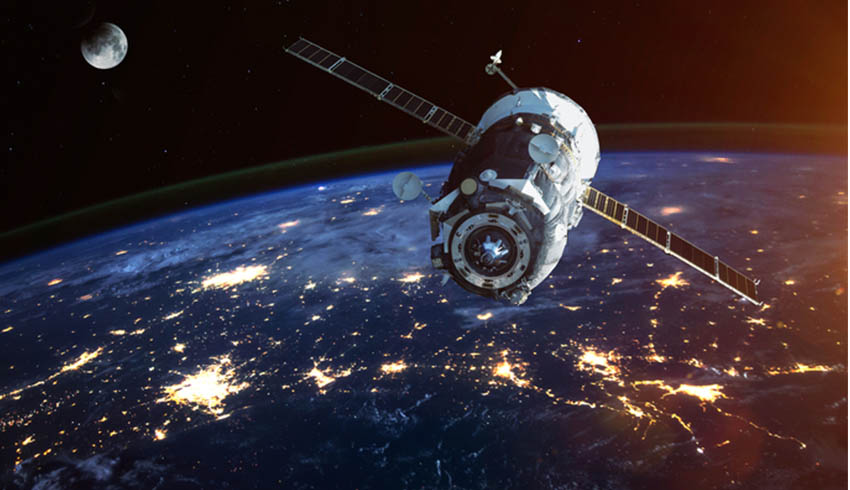Jason-2 was a 500-kilogram scientific satellite dedicated to ocean topography – providing information about global sea level, speed and direction of ocean currents and heat stored in the ocean, all important for understanding climate change.
This was a joint mission of NASA, the National Oceanic and Atmospheric Administration, French space agency CNES and European weather agency EUMETSAT, and the satellite more than fulfilled its mission.
Launched in June 2008, Jason-2’s mission was expected to last three years. Its mission officially ended on 1 October.
A successor, Jason-3, was launched in 2016.
The decision to shut down was prompted by deterioration of onboard power supply.
“We celebrate the end of this resoundingly successful international mission,” said NASA associate administrator for science Thomas Zurbuchen in a statement last week.
“Jason-2/OSTM has provided unique insight into ocean currents and sea level rise with tangible benefits to marine forecasting, meteorology and our understanding of climate change.”
Officials said the decommissioning process would comply with French and international space law.
However, that won’t comply with orbital debris mitigation guidelines, which call for de-orbiting of dead spacecraft in low-Earth orbit within 25 years of end of the mission.
More and more space officials and commentators are now calling for deorbiting of spacecraft within months of end of mission, not years.
That’s because Jason-2, although in low-Earth orbit, is actually on the very high side, at an altitude of more than 1,300 kilometres, with an orbital decay rate of around 40 metres per year. That means it will remain in orbit for 500-1,000 years.
NASA spokesman Steve Cole told SpaceNews Jason-2 was designed and built before the adoption of the 25-year rule and its current orbit, in the low-Earth orbit graveyard, was chosen to be well clear of planned large satellite constellations.
That may not remain the case, with the Starlink constellation eventually planned for orbits of 1,275 and 1,325 kilometres. However, the company is initially focusing on satellites in lower orbits.
Way out there, Jason-2 has a buddy – the original Jason satellite, which was launched in 2001.
Its mission ended in 2013 in an orbit about 1,325 kilometres. They will eventually be joined by Jason-3 at the end of its life.

